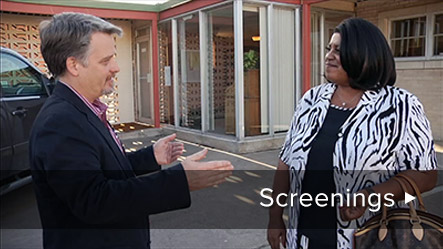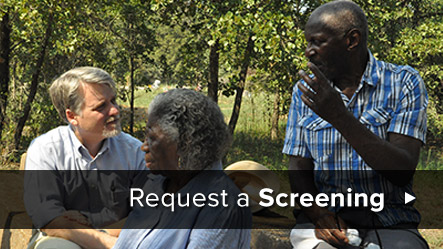I can remember the moment in 1974 when I first heard Martin Luther King’s “I Have a Dream” speech. I was in 4th grade at Lake Highlands Elementary, and Mrs. McKee was teaching us about the civil rights movement. What made her task more challenging was that Dallas was undergoing court-ordered busing intended to solve the district’s long history of foot-dragging on desegregating the city’s schools. The civil right movement still had work to do, and it was focused on us.
Unlike my many of my white peers, I was already aware of what was going on. My parents supported civil rights, and I’d watched the riots in Boston over school busing on the evening news. I’d even spent time visiting South Dallas to pick up and drop off an African American teen that my father was mentoring. My father had also told me about our ancestor’s slave plantation, and the African American family that took the name Tomlinson after emancipation. But it was King’s speech that drove it home for me when he said:
I have a dream that one day on the red hills of Georgia, the sons of former slaves and the sons of former slave owners will be able to sit down together at the table of brotherhood.
I felt that King was talking directly to me, the great grandson of slave owners. His dream was that one day I would sit down at the table of brotherhood with descendants of my family’s former slaves, maybe not on the red hills of Georgia, but perhaps on Tomlinson Hill. From that moment on, I felt a responsibility to fight bigotry and prejudice wherever I found it.
In school I always stood against bigots, in the Army I wrote community plays about race relations. At university, I joined the Multicultural Club at the Student Union to promote awareness and understanding. As a journalist, I spent years overseas not to highlight our different cultures, but to show our common humanity. But it wasn’t until I returned to Texas that I tried to actually live out King’s dream on the sandy hills of Texas.
Last September, Charles Tomlinson returned to Falls County from Kansas to join me on Tomlinson Hill. Now 84, Charles and I walked the former slave plantation, visiting the places where he lived and grew up. We walked down rows of cotton, where he showed me the difference between pulling and picking. He was remarkably patient with me, a city boy, trying to understand life in the country; with me as a white man trying to comprehend life as a black sharecropper. The only thing I could do in return was to listen to his stories and acknowledge the truth about the injustices my family committed against his. I couldn’t rectify the wrongs of the past, and no apology could make up for the opportunities he missed solely because of the color of his skin. But I could promise to tell his family’s story and give an honest accounting of the lives of the sons of slaves and the sons of slaveholders from Tomlinson Hill.
I had learned the importance of this in South Africa. After Apartheid ended, the government appointed a Truth and Reconciliation Commission that allowed people with blood on their hands to earn amnesty by speaking the truth about the past. They did this because everyone knew that acknowledging the truth was a prerequisite for reconciliation.
My book and film about Tomlinson Hill and its descendants is my attempt to speak the truth about my family’s history and attempt to set the stage for greater reconciliation and reconciliation is the only way we can join together at the table of brotherhood.
As we mark the 50th anniversary of King’s speech, I am not alone in my willingness to deal with our society’s history of bigotry. Perhaps it’s because we have an African American president, or possibly it’s part of recognizing the 150th anniversary of the Civil War, but I am excited about the growing number of books and films that are telling the truth about the past. If more people are willing to accept the truth, then we can take the next step toward reconciliation and then, maybe, obtain brotherhood.
We’ve come a long way since King’s speech on Aug. 28, 1963. I feel confident that we can finish the journey to realizing not only his dream, but America’s founding principles as well.




